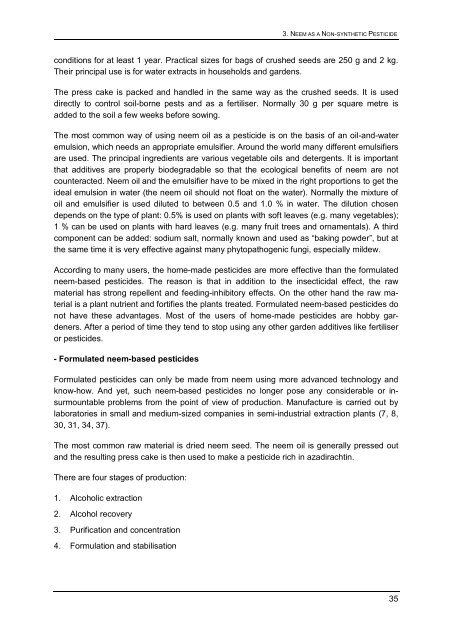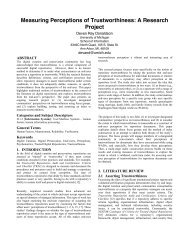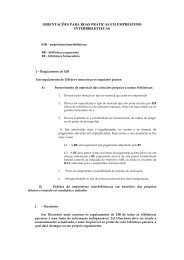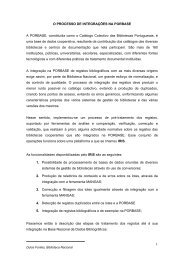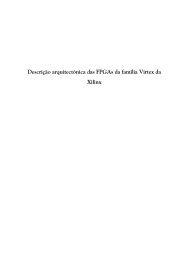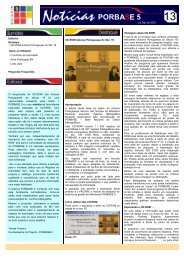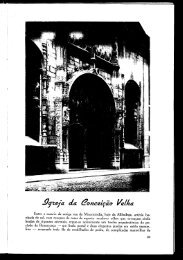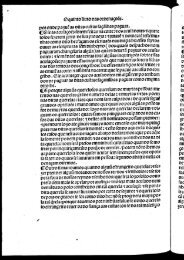Status report on global Neem usage - Biblioteca Nacional de Portugal
Status report on global Neem usage - Biblioteca Nacional de Portugal
Status report on global Neem usage - Biblioteca Nacional de Portugal
You also want an ePaper? Increase the reach of your titles
YUMPU automatically turns print PDFs into web optimized ePapers that Google loves.
3. NEEM AS A NON-SYNTHETIC PESTICIDE<br />
c<strong>on</strong>diti<strong>on</strong>s for at least 1 year. Practical sizes for bags of crushed seeds are 250 g and 2 kg.<br />
Their principal use is for water extracts in households and gar<strong>de</strong>ns.<br />
The press cake is packed and handled in the same way as the crushed seeds. It is used<br />
directly to c<strong>on</strong>trol soil-borne pests and as a fertiliser. Normally 30 g per square metre is<br />
ad<strong>de</strong>d to the soil a few weeks before sowing.<br />
The most comm<strong>on</strong> way of using neem oil as a pestici<strong>de</strong> is <strong>on</strong> the basis of an oil-and-water<br />
emulsi<strong>on</strong>, which needs an appropriate emulsifier. Around the world many different emulsifiers<br />
are used. The principal ingredients are various vegetable oils and <strong>de</strong>tergents. It is important<br />
that additives are properly bio<strong>de</strong>gradable so that the ecological benefits of neem are not<br />
counteracted. <strong>Neem</strong> oil and the emulsifier have to be mixed in the right proporti<strong>on</strong>s to get the<br />
i<strong>de</strong>al emulsi<strong>on</strong> in water (the neem oil should not float <strong>on</strong> the water). Normally the mixture of<br />
oil and emulsifier is used diluted to between 0.5 and 1.0 % in water. The diluti<strong>on</strong> chosen<br />
<strong>de</strong>pends <strong>on</strong> the type of plant: 0.5% is used <strong>on</strong> plants with soft leaves (e.g. many vegetables);<br />
1 % can be used <strong>on</strong> plants with hard leaves (e.g. many fruit trees and ornamentals). A third<br />
comp<strong>on</strong>ent can be ad<strong>de</strong>d: sodium salt, normally known and used as “baking pow<strong>de</strong>r”, but at<br />
the same time it is very effective against many phytopathogenic fungi, especially mil<strong>de</strong>w.<br />
According to many users, the home-ma<strong>de</strong> pestici<strong>de</strong>s are more effective than the formulated<br />
neem-based pestici<strong>de</strong>s. The reas<strong>on</strong> is that in additi<strong>on</strong> to the insecticidal effect, the raw<br />
material has str<strong>on</strong>g repellent and feeding-inhibitory effects. On the other hand the raw material<br />
is a plant nutrient and fortifies the plants treated. Formulated neem-based pestici<strong>de</strong>s do<br />
not have these advantages. Most of the users of home-ma<strong>de</strong> pestici<strong>de</strong>s are hobby gar<strong>de</strong>ners.<br />
After a period of time they tend to stop using any other gar<strong>de</strong>n additives like fertiliser<br />
or pestici<strong>de</strong>s.<br />
- Formulated neem-based pestici<strong>de</strong>s<br />
Formulated pestici<strong>de</strong>s can <strong>on</strong>ly be ma<strong>de</strong> from neem using more advanced technology and<br />
know-how. And yet, such neem-based pestici<strong>de</strong>s no l<strong>on</strong>ger pose any c<strong>on</strong>si<strong>de</strong>rable or insurmountable<br />
problems from the point of view of producti<strong>on</strong>. Manufacture is carried out by<br />
laboratories in small and medium-sized companies in semi-industrial extracti<strong>on</strong> plants (7, 8,<br />
30, 31, 34, 37).<br />
The most comm<strong>on</strong> raw material is dried neem seed. The neem oil is generally pressed out<br />
and the resulting press cake is then used to make a pestici<strong>de</strong> rich in azadirachtin.<br />
There are four stages of producti<strong>on</strong>:<br />
1. Alcoholic extracti<strong>on</strong><br />
2. Alcohol recovery<br />
3. Purificati<strong>on</strong> and c<strong>on</strong>centrati<strong>on</strong><br />
4. Formulati<strong>on</strong> and stabilisati<strong>on</strong><br />
35


